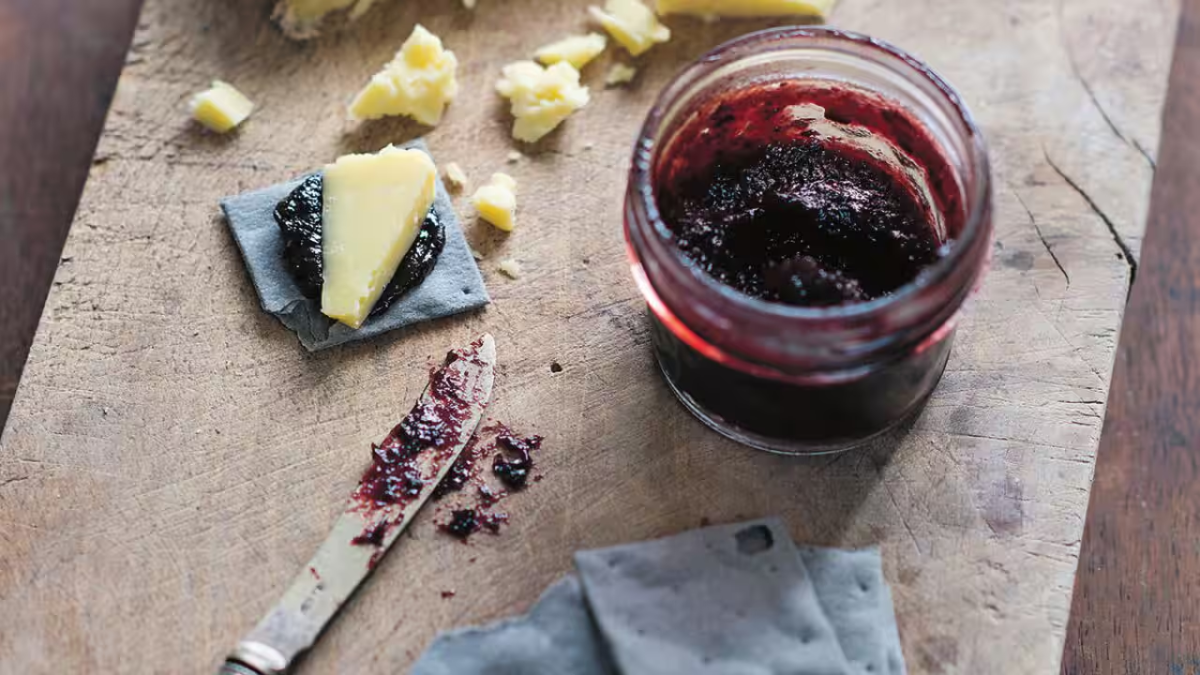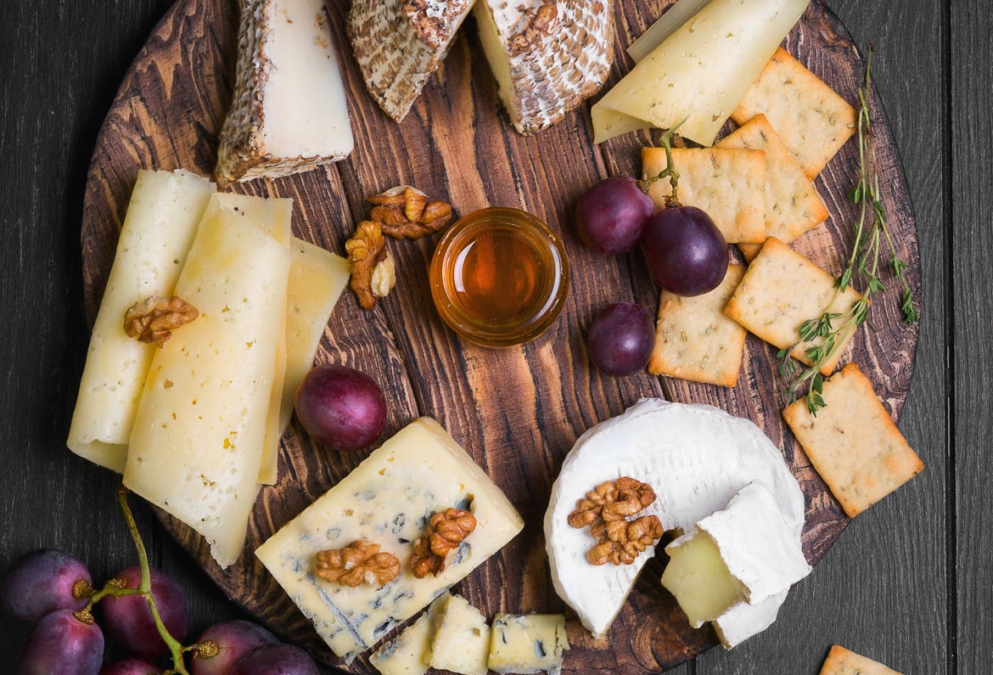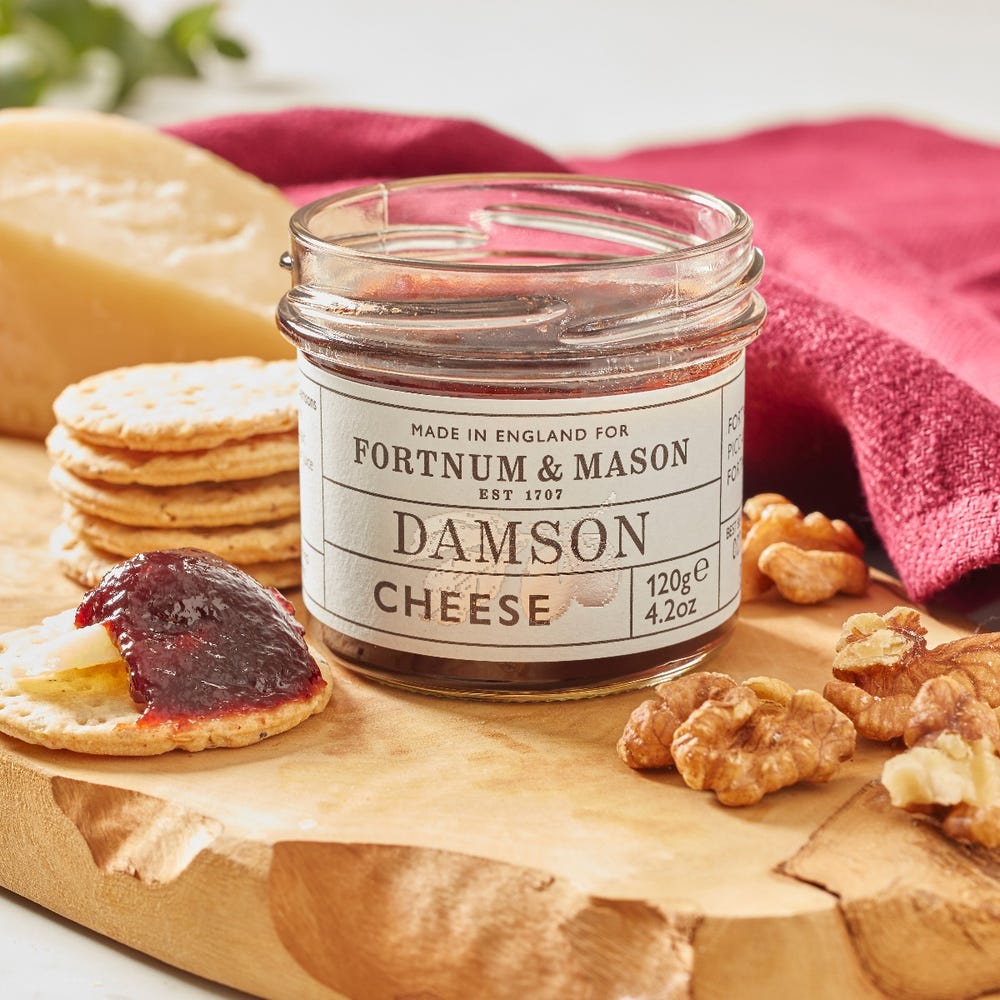When you think of cheese, creamy brie, sharp cheddar, or nutty gouda might come to mind. But “damson cheese” is a hidden gem in the culinary world, offering a unique flavor profile that cheese enthusiasts and adventurous food lovers will adore. Surprisingly, despite its name, damson cheese isn’t a traditional dairy cheese. Instead, it’s a rich, dense preserve made from damson plums, sugar, and sometimes spices, crafted into a firm block that resembles cheese in texture. Damson cheese captures the intense, tart-sweet flavor of damson plums and pairs beautifully with a variety of savory dishes, cheeses, and charcuterie boards.
In this article, we’ll dive deep into everything you need to know about damson cheese: its origins, how it’s made, popular uses, health benefits, where to buy it, and even how to make it yourself. Whether you’re a curious foodie or a home cook looking to impress guests, you’ll find all the information you need right here.
What is Damson Cheese?
Despite the misleading name, damson cheese contains no dairy. It is a traditional English preserve made from damson plums — small, dark purple fruits known for their tartness. The fruit is cooked down with sugar until it reaches a very thick, almost sliceable consistency. It is then poured into molds, creating a firm, block-like “cheese.”
Key Characteristics of Damson Cheese:
- Appearance: Deep purple to almost black color.
- Texture: Firm, sliceable, and jelly-like, similar to quince paste.
- Flavor: A concentrated, rich, tangy-sweet taste with subtle floral notes.
Damson cheese is often enjoyed alongside real cheeses like blue cheese or sharp cheddar, offering a delightful contrast of sweet and savory.
A Brief History of Damson Cheese

Damson cheese dates back centuries and has deep roots in traditional English and European cuisine. It was particularly popular during the Victorian era when preserving fruit was essential to survival through the winter months.
Historically, fruits like damsons, quinces, and medlars were made into “cheeses” because they could be stored for months without refrigeration. Damson trees were widely planted across England, especially in the West Midlands and Shropshire, making damson preserves a regional specialty.
Today, artisanal food makers are reviving the tradition of damson cheese, bringing it to farmer’s markets, specialty food shops, and gourmet grocery stores.
How is Damson Cheese Made?
The making of damson cheese is a beautiful blend of simplicity and patience. Here’s how the traditional process unfolds:
Ingredients:
- Fresh damson plums (preferably ripe and tart)
- Sugar
- Optional: lemon juice, cinnamon, or star anise for extra flavor
Method:
- Preparation: Wash the damsons thoroughly and remove stems.
- Cooking: Simmer the damsons slowly with a bit of water until they break down completely.
- Sieving: Press the cooked fruit through a fine sieve or food mill to remove stones and skins.
- Sweetening: Measure the resulting purée and add an equal weight of sugar.
- Boiling: Return the sweetened purée to the pot and cook it gently until it becomes very thick and glossy.
- Setting: Pour the thick paste into lightly oiled molds or ramekins.
- Cooling: Let the damson cheese cool and firm up completely before unmolding.
The end result? A gorgeous, jewel-like slab of fruity deliciousness ready to elevate your cheeseboards.
Popular Uses for Damson Cheese

1. Cheeseboards and Charcuterie
Damson cheese pairs exquisitely with strong cheeses like stilton, camembert, or mature cheddar. It adds a tangy-sweet burst that cuts through the richness of fatty cheeses and cured meats.
2. Gourmet Sandwiches
Thin slices of damson cheese can be layered into sandwiches with ham, brie, or turkey for a sophisticated twist.
3. Pastry and Baking
Chop up small pieces and fold them into croissant dough, galettes, or puff pastry for a fruity surprise.
4. Glazes and Sauces
Melted damson cheese can be brushed over roasted meats, especially duck or pork, to add a shiny, sweet-tart glaze.
Health Benefits of Damson Cheese
While it is sweet and should be eaten in moderation, damson cheese offers several surprising nutritional benefits:
- Rich in Antioxidants: Damson plums are packed with polyphenols and anthocyanins that help protect your cells from damage.
- High in Fiber: Even as a preserve, damson cheese retains a decent amount of dietary fiber.
- Vitamins and Minerals: Damsons provide vitamin C, potassium, and iron.
However, due to its high sugar content, it’s best enjoyed as an occasional treat rather than a daily snack.
Where to Buy Damson Cheese
You can find damson cheese at:
- Artisanal food markets
- British specialty shops
- High-end grocery stores (especially during autumn and winter)
- Online retailers like Amazon, Etsy, and specialty food websites
Some notable producers include Tracklements, Rosebud Preserves, and local farmers’ markets specializing in heritage foods.
How to Make Damson Cheese at Home (Simple Recipe)
If you’re feeling adventurous, making your own damson cheese at home is a rewarding project. Here’s a basic recipe:
Ingredients:
- 1 kg (2.2 lbs) damsons
- 750 g (1.6 lbs) granulated sugar
- 2 tbsp lemon juice
Instructions:
- Place damsons in a large pot with 100 ml water. Simmer until the fruit collapses.
- Push through a sieve to remove stones and skins.
- Weigh the purée and add sugar (about 3/4 of the purée’s weight).
- Return to the pot, add lemon juice, and cook over low heat, stirring constantly until very thick.
- Pour into small molds, cool, and unmold once set.
Tip: Store in an airtight container in a cool place for up to six months!
FAQs About Damson Cheese
What is the difference between damson cheese and quince cheese?
While both are fruit preserves made into a firm consistency, damson cheese uses damson plums, while quince cheese (membrillo) uses quince fruit. The flavor of damson cheese is more tart and plum-like.
Can you freeze damson cheese?
Yes! Wrap it tightly in plastic wrap and place it in a freezer bag. It will keep for up to a year.
Is damson cheese vegan?
Absolutely. Since it contains only fruit and sugar, damson cheese is 100% vegan.
What cheese pairs best with damson cheese?
Strong, salty cheeses like stilton, roquefort, mature cheddar, and brie pair wonderfully with damson cheese.
How long does homemade damson cheese last?
When stored properly in a cool, dry place, it can last up to six months. Refrigeration extends its shelf life even further.
Conclusion
Damson cheese is an underrated treasure in the world of preserves. With its vibrant flavor, luxurious texture, and versatile uses, it deserves a spot in your kitchen, whether you’re planning an epic cheeseboard or looking for something special to accompany your next roast. Making your own damson cheese can also be a fun and rewarding experience, adding a touch of homemade elegance to any meal.

